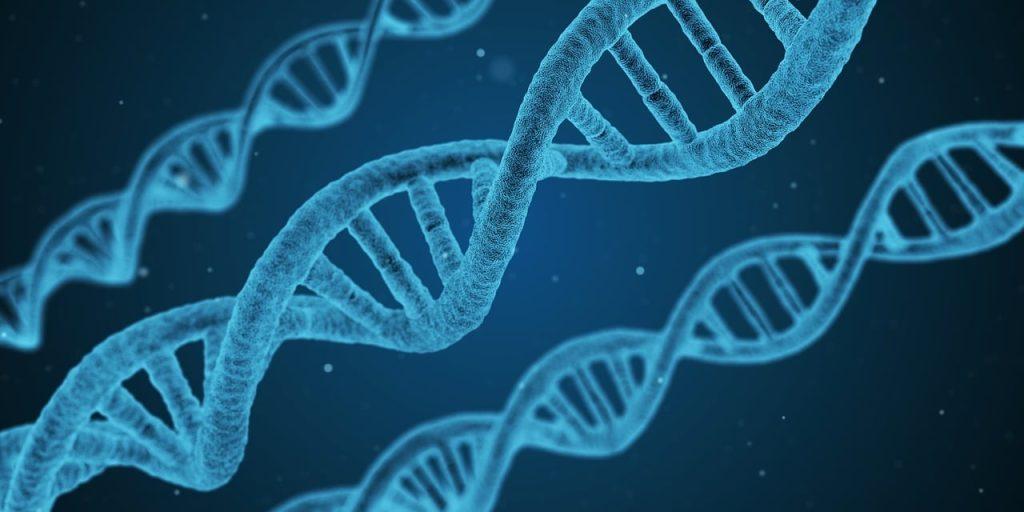
In the ever-evolving landscape of health and wellness, seeking natural remedies for cardiovascular issues has become a priority for many. One such remedy that has captured the spotlight is Red Yeast Rice.
This article delves into the depths of Red Yeast Rice, its historical roots, its impact on heart health, and why it has become a focal point in the pursuit of optimal well-being.
Understanding Red Yeast Rice
Red Yeast Rice is a product of Monascus purpureus fermented on rice, a tradition deeply rooted in Chinese medicine. Its vibrant color, attributed to the presence of monacolin K, has catapulted it into the modern health arena. Monacolin K, akin to the statin drug lovastatin, is a key player in the cholesterol-lowering prowess of Red Yeast Rice.
The Cholesterol Connection
To comprehend the significance of Red Yeast Rice, it’s essential to grasp the dynamics of cholesterol. Cholesterol, a vital component for cell membranes and hormone synthesis, can become problematic when LDL cholesterol, often dubbed “bad” cholesterol, surges. This excess can lead to arterial plaque accumulation, heightening the risk of heart disease.
Red Yeast Rice vs. Cholesterol
Research indicates that the monacolin K in Red Yeast Rice acts as an inhibitor of cholesterol production in the liver. This inhibition contributes to a reduction in LDL cholesterol levels, offering a promising avenue for those seeking a natural approach to cholesterol management, devoid of the side effects often associated with conventional pharmaceuticals.
Heart Health Benefits
1. Cardiovascular Support
Red Yeast Rice’s impact on cardiovascular health extends beyond cholesterol regulation. Studies suggest that it promotes overall heart health by enhancing blood flow, reducing inflammation, and supporting optimal arterial function.
- Enhanced Blood Flow: Red Yeast Rice supports improved circulation.
- Reduced Inflammation: Its properties contribute to inflammation reduction.
- Arterial Function Support: Promotes optimal functioning of arteries.
2. Antioxidant Properties
At the core of Red Yeast Rice’s cardiovascular benefits lies its rich antioxidant content. These antioxidants play a pivotal role in combating oxidative stress within the cardiovascular system, thereby contributing to the prevention of endothelial dysfunction and atherosclerosis – key players in the development of heart disease.
- Oxidative Stress Combatant: Rich in antioxidants, Red Yeast Rice protects against oxidative stress.
- Prevention of Endothelial Dysfunction: Aids in maintaining healthy endothelial function.
- Atherosclerosis Prevention: Contributes to preventing the buildup of arterial plaque.
3. Right Supplement
Selecting a high-quality Red Yeast Rice supplement is crucial. Opt for reputable brands that adhere to stringent quality standards. Look for products with standardized monacolin K content to ensure consistency and effectiveness.
- High-Quality Brands: Choose supplements from reputable brands.
- Standardized Monacolin K Content: Ensures consistency and effectiveness.
4. Dosage
As with any supplement, adherence to recommended dosage guidelines is imperative. Consulting with a healthcare professional before integrating Red Yeast Rice into your routine is advisable, particularly if you are currently on medication or have pre-existing health conditions.
- Adherence to Recommended Dosage: Follow prescribed guidelines for optimal results.
- Consultation with Healthcare Professional: Especially important if on medication or with pre-existing health conditions.
Side Effects and Precautions
While generally considered safe, Red Yeast Rice may induce side effects in some individuals. These can include digestive issues, muscle pain, and liver abnormalities. Vigilance and monitoring for any adverse reactions are essential, and discontinuation of use if necessary is paramount.
- Digestive Issues: Some individuals may experience digestive discomfort.
- Muscle Pain: In rare cases, muscle pain may be a side effect.
- Liver Abnormalities: Monitoring is crucial to detect any potential liver issues.
Red Yeast Rice in Modern Context
Fast forward to the present, and Red Yeast Rice has transitioned from traditional remedies to mainstream health discussions. Its cholesterol-lowering properties and cardiovascular benefits have positioned it as a sought-after supplement for those prioritizing heart health.
The Science Behind Monacolin K: Delving into the scientific intricacies, monacolin K is a naturally occurring compound in Red Yeast Rice. Its resemblance to lovastatin, a statin drug prescribed for cholesterol management, underscores its potential in naturally addressing cholesterol levels.
The Synergy of Nutrients: Beyond monacolin K, Red Yeast Rice boasts a synergy of nutrients that contribute to its overall health benefits. These include essential fatty acids, amino acids, and various antioxidants, working in harmony to support heart health and overall well-being.
Research Studies and Findings
With ongoing research and advancements in nutritional science, the future of Red Yeast Rice looks promising. Continued exploration of its mechanisms, potential applications, and synergies with other natural compounds could unveil even more facets of its health-enhancing properties.
Numerous research studies have explored the efficacy of Red Yeast Rice in managing cholesterol. These studies not only highlight its cholesterol-lowering effects but also shed light on its broader cardiovascular benefits, solidifying its standing as a multifaceted natural remedy.
- Efficacy in Managing Cholesterol: Supported by extensive research and studies.
- Broader Cardiovascular Benefits: Beyond cholesterol management.
A Holistic Approach to Heart Wellness
In a world where preventive health measures are gaining prominence, Red Yeast Rice emerges as a beacon of hope for those seeking a holistic approach to heart wellness. Its natural composition and multifaceted benefits align with the growing trend of integrating traditional wisdom with modern health practices.
Navigating the Market: As interest in Red Yeast Rice surges, navigating the market becomes crucial. The plethora of options can be overwhelming, making it imperative to stay informed and choose products that prioritize quality and efficacy.
Conclusion
In the vast landscape of natural remedies, Red Yeast Rice stands tall as a versatile ally in the quest for optimal heart health. From its historical roots in traditional Chinese medicine to its modern-day applications, the journey of Red Yeast Rice is one marked by efficacy and adaptability. Embracing its cholesterol-lowering prowess, cardiovascular support, and antioxidant benefits, individuals can take a proactive step towards a heart-healthy lifestyle.







